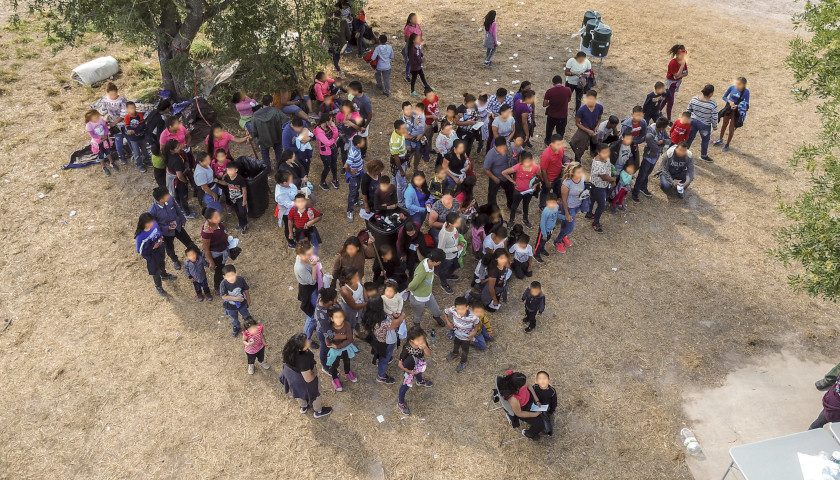by Steven Camarota
The real crisis in the U.S. labor market is not, as we keep hearing, that there are not enough people who can work. The real crisis is all the working-age people on the sidelines, not even looking for a job. Yes, the unemployment rate is low, but that statistic covers only those who have looked for a job in the last four weeks. The labor-force participation rate, which measures the share of working-age people working or at least looking for work, shows a long-term decline, especially for men without a college degree, and practically in states like Michigan. When able-bodied men are not even looking for work, a host of social problems ensue — from crime, to drug addiction, to family breakdown.
The possible reasons for the decline in labor-force participation are as varied as the suggested solutions, but the role of immigration, both legal and illegal, is difficult to deny. A comprehensive 2016 study from the National Academies found that increasing the supply of labor through immigration reduces the wages for some U.S.-born workers and this almost certainly reduces the incentive to work.
Perhaps more importantly, immigration allows politicians, employers, and the public to ignore this dramatic decline in work and the social problems it causes. For example, even though labor-force participation remains near historic lows in all of their states, at the end of April a bipartisan group of senators was in talks to legalize illegal immigrants and significantly increase guestworkers to satisfy employers.
My analysis of the Bureau of Labor Statistics’ Current Population Survey, which excludes jails and prisons, shows that in Michigan the number of 16- to 64-year-olds not in the labor force increased 25 percent between the first quarter of 2000 and the first quarter of this year, even though the state’s population was roughly stable.
Among Michigan men between the ages of 25 and 54, which is the “prime age” for work, only 81 percent of the U.S.-born without a bachelor’s were in the labor force in the first quarter of this year, down from 87 percent in 2019 before Covid, and 90 percent at the peak of the expansion in 2000. Back in 1979, it was 94 percent.
At the same time, the nation’s foreign-born population grew from 14 million in 1980 to 47 million today, including 16 million just since 2000. Legal immigrants account for about three-quarters of all immigrants. It’s not right to “blame” immigrants for the labor-force decline of the U.S.-born per se, or begrudge immigrants’ desire to achieve a better life in the U.S. But continuing to allow so many people into the country has consequences, including competition with lower-skilled workers.
Immigrants are about 8 percent of Michigan’s population, lower than the national average, but immigration still has a significant impact on the state because we live in a national economy. Historically, workers flow from lower-growth areas such as the Midwest to higher-growth areas of the U.S., improving their own job prospects while also creating a tighter labor market for those who do not move.
But research shows that immigration short-circuits this process. An academic paper published last year shows that as immigrants moved into southern Florida, fewer U.S.-born workers arrived and more left. An analysis published this year finds this same phenomenon nationally. This confirms much older work from the 1990s. If immigration were reduced, more businesses might also relocate to lower immigration areas such as Michigan, where there are lots of American workers available, rather than staying in cities where the immigrants simply come to them.
The effect of immigration on internal migration demonstrates competition does exist. Furthermore, the U.S.-born are a majority of workers in all but six of the 474 occupations defined by the Department of Commerce. There are virtually no “jobs that Americans won’t do.” (Agricultural labor is majority immigrant, but it comprises less than one-half of 1 percent of the U.S. labor force.)
Of course, immigration is not the only cause of the decline in labor-force participation. Getting less-educated Americans back to work will involve reforming our welfare and disability systems and trade policies. Allowing wages to rise, partly by reducing immigration, would certainly make work more attractive. Combating the opioid crisis, improving job training, and re-instilling the value of work will all have to play a role. None of this will be quick or easy. But we are much less likely to address the problem unless immigration is reduced. Bringing in immigrants to fill jobs means turning a blind eye to the destructive impact of idleness among the native-born.
– – –
Steven Camarota is Director of Research at the Center for Immigration Studies in Washington, D.C.





